What separates pleasing flower garden designs from lackluster ones is partly a matter of subjective opinion. Still, regardless of personal taste and style, there are a few design guidelines that can enhance your flower garden’s overall appearance.
Part of the fun of planning a flower garden is allowing your creative vision to take hold of the process. But if you are struggling to figure out where to begin with your flower bed, it can help to have some assistance.
We’ve created this list to help give you some inspiration. Read on to learn ten tips you can use to improve the appeal of your flower garden design.
![10 Beginner Tips for Flower Garden Design [Level 101]](https://wraxly.com/wp-content/uploads/2021/04/10-Beginner-Tips-for-Flower-Garden-Design-Level-101.webp)
Table of contents
- Understand Different Types of Flowering Plants
- Choose a Color Scheme
- Study Seasonal Bloom Times
- Pay Attention to the Form and Texture
- Group Plants with Similar Growing Conditions
- Consider Planting in Containers
- Add Non-Flowering Plants
- Be Deliberate with the Shape of the Bed
- Incorporate Hardscape and Structures
- Follow a Design Style
Understand Different Types of Flowering Plants
Those who have never considered how to design a flower garden likely have a minimal understanding of how many flower options they have at their disposal. The average person can name a few of their favorite flower varieties. But the array of potential flowers you could add to a garden is astoundingly broad.
Flowers come in many different colors, shapes, and scents. They also appear on several different types of plants. Here are a few categories of plants in which you will find copious flowering species:
- Annuals
- Perennials
- Woody shrubs and trees
Each of those options gives an entirely different effect to your garden. They also come with distinct maintenance needs. For instance, with annuals, you will need to replant them every year. A perennial flower garden design, on the other hand, will return of its own accord each year.
Choose a Color Scheme
Color is one of the most alluring aspects of flowers. This characteristic alone is one of the primary reasons why people are so transfixed by floral displays.
Even small flower garden designs can add a burst of color to your landscape. That powerful visual impact makes color selection one of the most exciting parts of the flower garden design process. However, it also means that you should conduct this selection task with care.
A poorly planned flower garden often consists of a mixture of bold colors that might look good on their own. But when they grow side-by-side, those colors can clash with one another and have a gaudy look.
Avoid that pitfall by taking great care with your color scheme. Try selecting a primary color that is your favorite. Then add accent colors that will complement your primary color. Remember that subtlety at this stage can go a long way in producing elegant flower bed designs.
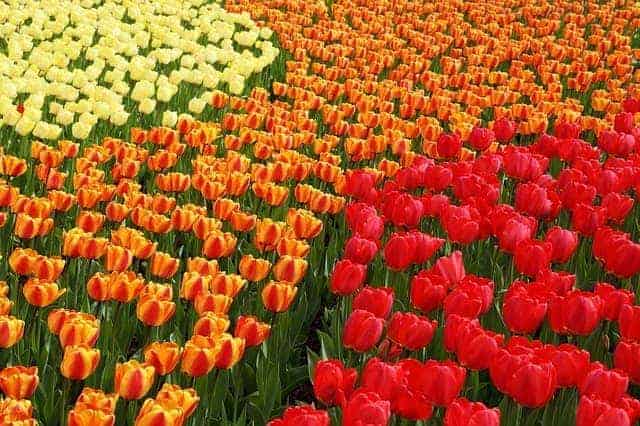
Study Seasonal Bloom Times
We just stressed the importance of a careful color selection process. Unfortunately, that care can go to waste if the flowers you choose don’t bloom at the same time.
Each flowering species tends to bloom around the same time each year. That means you need to pay attention to that timing if you want certain colors to appear with one another in your flower bed.
One of the best tools for this is a bloom time chart. These charts serve as a graphic representation of when specific plants bloom. In studying one of those charts, you’ll see that different flowers can appear early, late, or in the middle of the growing season.
Some flowers last for several months, while others will quickly fade. Those factors show how important timing is when planning the appearance of your flower garden.
Pay Attention to the Form and Texture
Bright color is not the only characteristic that contributes to the beauty of a flower garden. Form and texture can play equally important roles.
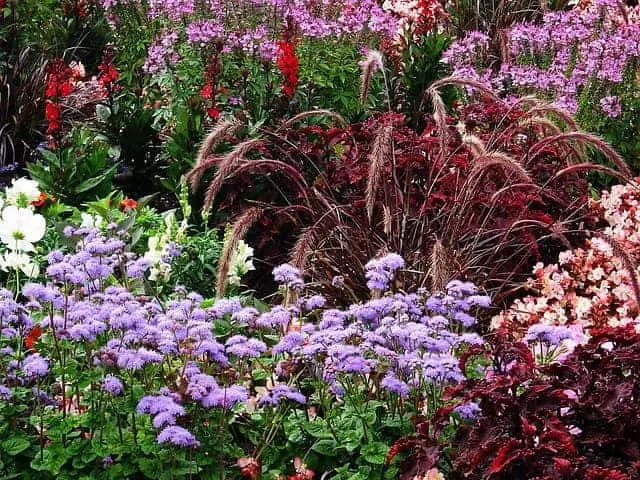
For some plants, the shape and texture of their foliage are as interesting as their flowers. These leaves can add some depth to your flower garden design without detracting from the appearance of the flowers themselves.
On the other hand, form also affects the visual impact of your flower garden design. The growth habits and sizes of each plant are what give your bed its general shape. While the effect of form is less obvious, it is a critical aspect of designing any planting bed.
Group Plants with Similar Growing Conditions
We already mentioned the importance of matching plants in accordance with their colors and bloom times. Those considerations alter the aesthetic effect of your flower bed. But there is a functional approach to grouping plants as well.
If you want your flower bed to look healthy and lively, you need to select plants that have similar growing conditions. By grouping plants with similar needs, you can circumvent the unfortunate sight of a flower bed that is full of declining plants.
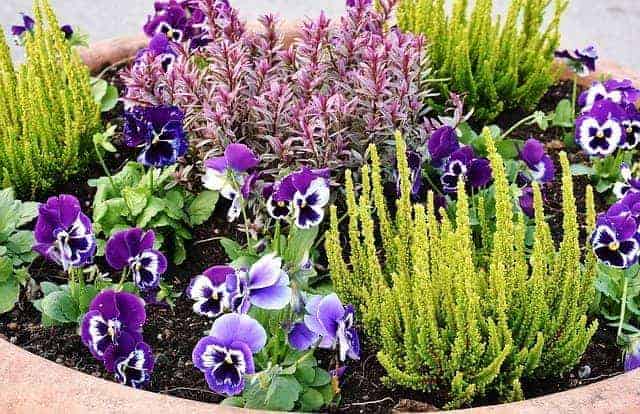
Consider Planting in Containers
You should not forget that flower gardens do not need to grow out of the ground directly. Instead, you can create an amazing flower garden for your yard using containers.
There are countless advantages to planting in containers. A few of those are very relevant to creating a flower garden design.
For instance, imagine you have two plants that you want to grow next to one another, but they prefer different types of soil. The fact that you can fill a container with any kind of soil you like means you can plant flowering plants in areas where they would not survive otherwise.
Additionally, containers give some flexibility to your design process. Since the plants in your containers are not rooted to the ground, you can move them to any area of the garden that you see fit.
Recommended Containers
| Image | Title | Prime | Buy |
|---|---|---|---|
 Top
Top | AC Infinity Heavy Duty Fabric Pots, 3 Gallon Aeration Grow Bags 5-Pack with 320G Thick Nonwoven Fabric and Multi-Purpose Rings, for Low Stress Plant Training Fruits, Vegetables, and Flowers | PrimeEligible | Check Price on Amazon |
 Top
Top | Decorlife 12-Pack Grow Bags, 5 Gallon Thick Fabric Pots for Plants, Sturdy Handles & Reinforced Stitching, Labels Included, Grey | PrimeEligible | Check Price on Amazon |
Top Top
Top | VIVOSUN 5-Pack 7 Gallon Plant Grow Bags, Heavy Duty Thickened Nonwoven Fabric Pots with Handles | PrimeEligible | Check Price on Amazon |
 Top
Top | Wraxly Fabric Grow Bags - 10 Gallon Colorful Two-Tone Felt Planter Pots. Best Gardening Gift for Mom, Dad, and Plant Lovers! Premium Heavy-Duty. [5-Pack of Assorted Colors - Plus Black Bonus Bag!] | PrimeEligible | Check Price on Amazon |
 | Gardzen 10-Pack 5 Gallon Grow Bags, Aeration Fabric Pots with Handles | PrimeEligible | Check Price on Amazon |
 | Smirdx Plant Grow Bag, Large Heavy Duty Fabric Grow Pot for Durable Breathe Cloth Planting Container for Potato Carrot Onion, Gardening Outdoor (Black, 15 Gallon / Dia: 24” x H: 8”) | PrimeEligible | Check Price on Amazon |
Add Non-Flowering Plants
This advice seems somewhat ironic. After all, the purpose of a flower garden is to grow flowers. But you may be surprised by the positive effect that a few non-flowering plants can have.
Adding non-flowering plants to your flower garden can help fill in gaps. These plants can also serve as a backdrop to the flowers you wish to showcase. The consistent green of non-flowering plants can provide a tasteful contrast to the boldness of colorful blooms.
Be Deliberate with the Shape of the Bed
So far, we have discussed many plant-related tips for flower garden design. For this tip, we are focusing on the area in which those plants will live.
Most people focus on the flowers alone, but the shape of the flower bed matters as well. The shape you create determines how the bed will blend with the rest of your yard. It is up to you to decide the exact extent of your flower garden shape. But here are a few recommendations to keep in mind:
- Keep the shape simple: Simple shapes are easier to maintain. If your bed borders a lawn, a simpler shape will be easier to mow around.
- Think of edging materials: If you are going to edge your bed, the edging material will affect the shapes you can make. For example, it can become challenging to follow a complex bed curve with large straight edging stones.
- Merge with existing features: Your garden bed does not exist in isolation. That means that the shape of your bed should flower seamlessly with any nearby garden features or hardscape areas.
Plants are important, but so is the form of the whole bed. By making a sensible bed shape, you will not only make your flower garden more attractive but will also simplify your future bed maintenance.
Incorporate Hardscape and Structures
After going through the hard work of designing and learning how to build a flower bed, you should give yourself a way to enjoy your success. One of the best ways to appreciate your garden design is to make it accessible.
Try incorporating hardscape elements such as pathways or small seating areas. Even a few steppingstones can allow you and your garden guests to immerse yourselves in your garden paradise.
Other than hardscape, you can also add some garden structures. Arbors are a great way to emphasize an arrival sequence, while statues and fountains can serve as accent pieces of focal points.
Above all, you should think about placing a bench or another seating element in or near your flower bed. In doing so, you may find that you have just found a new favorite place to sit and relax in your yard.
Follow a Design Style
Until now, the tips we have offered you have been applicable to nearly any type of flower garden design. But you should know that there are some well-established garden design styles that can help guide your design decisions.
Some flower garden design styles come from different cultures throughout the world. Others emphasize a specific type of flowering plant. As such, each one is distinct and recognizable to those who are familiar with the characteristics of that style. Here are a few design style philosophies that you can adopt for your flower garden design:
- Wildflower garden
- Cottage garden
- Rose garden
- Pollinator garden
- Formal garden
Take some time to explore those and other flower garden styles. Your search may give you the inspiration you need to complete your flower garden design. If none of these styles suit you, you can always take your own path and design a garden that only you could dream up. As you do, make use of the tips we have provided in this article.

John Haryasz is a freelance writer and landscape designer. In the field of landscape architecture, he has contributed to many successful design projects throughout the country. As a writer, John specializes in creating captivating and informative web content. Through that work, he aims to share his design knowledge and promote engagement with the outdoor world.
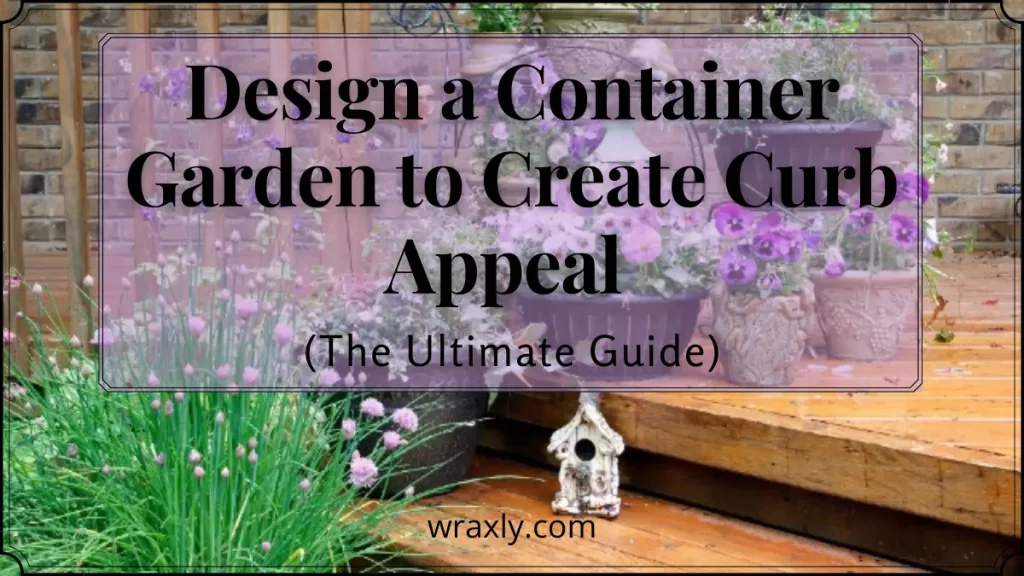
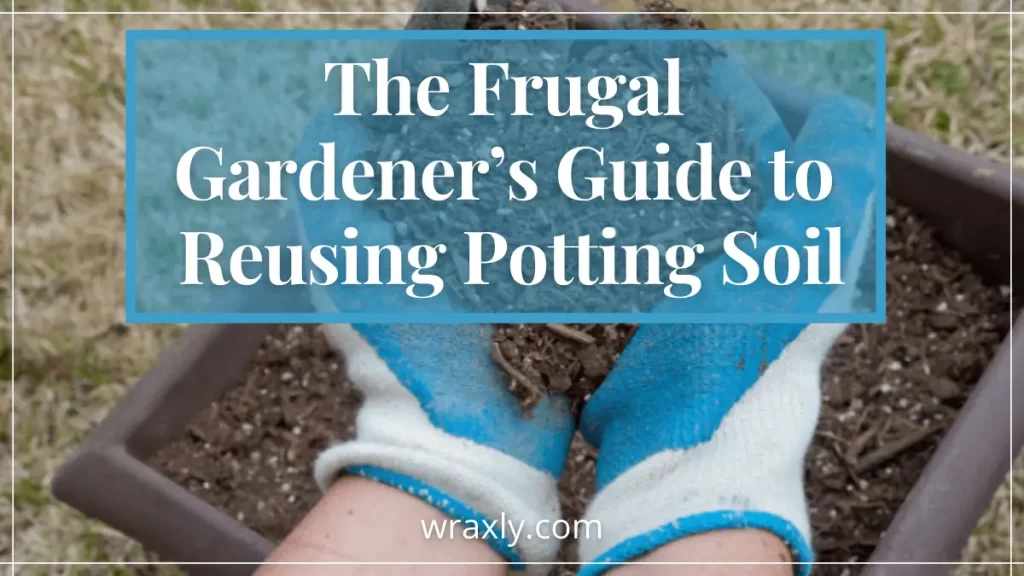
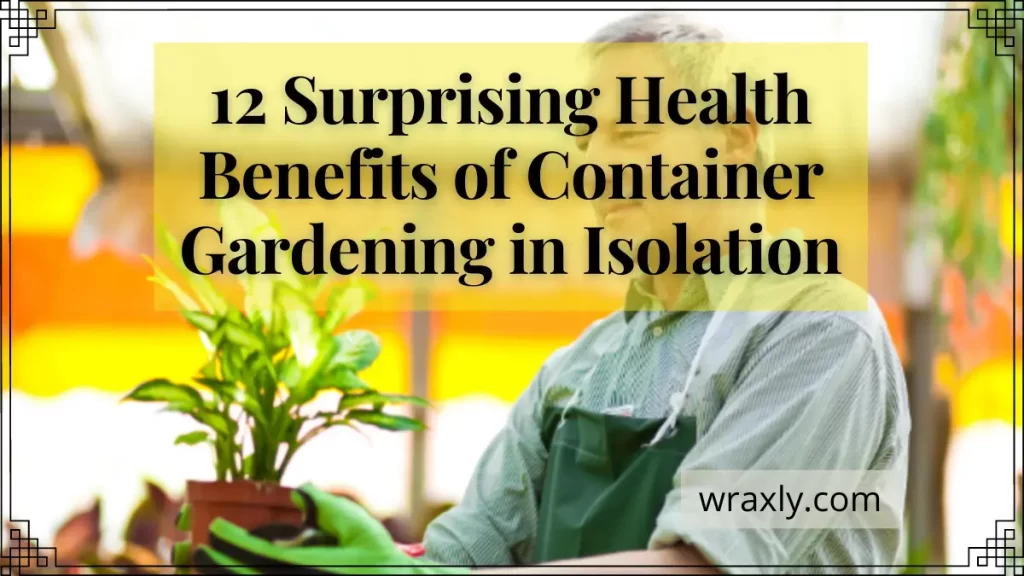
![10 Common Container Garden Mistakes to Avoid [Beginner’s Guide]](https://wraxly.com/wp-content/uploads/2021/02/10-Common-Container-Garden-Mistakes-to-Avoid-Beginners-Guide-1200-1024x576.webp)